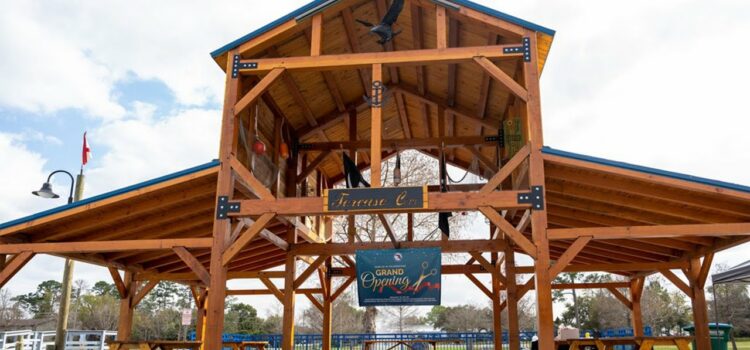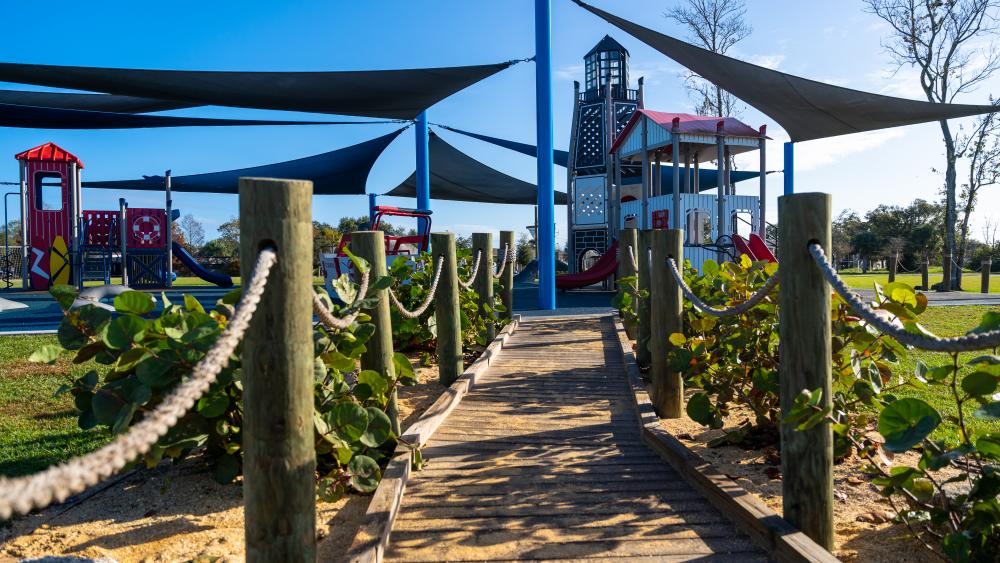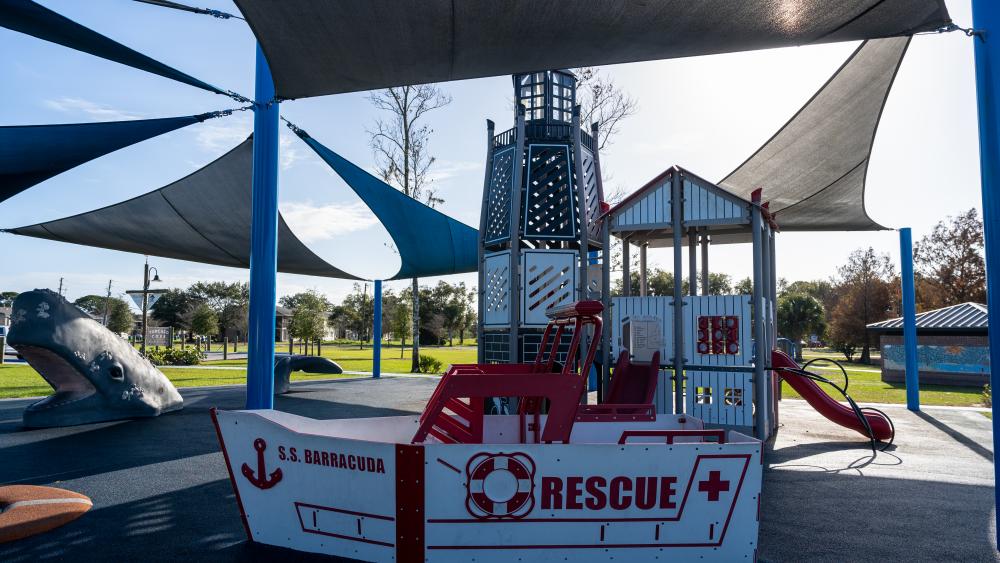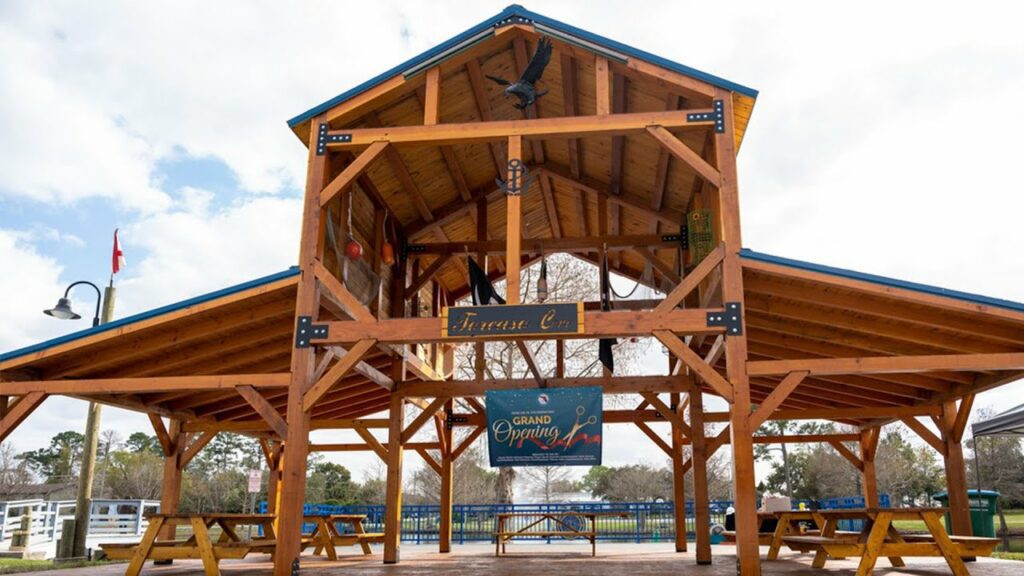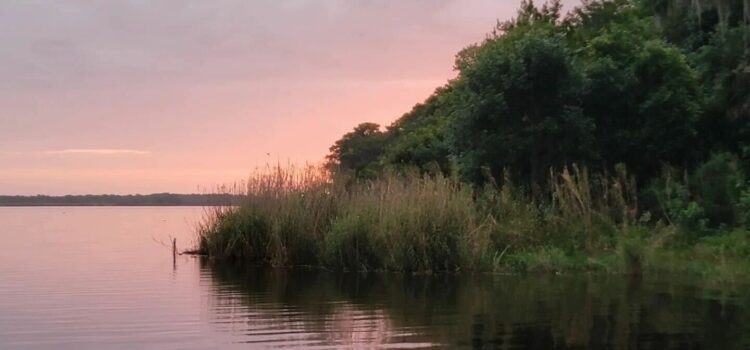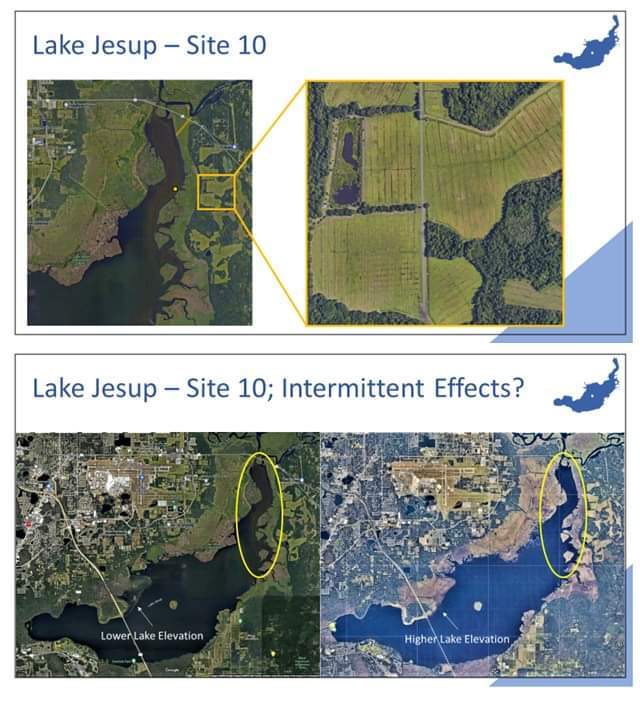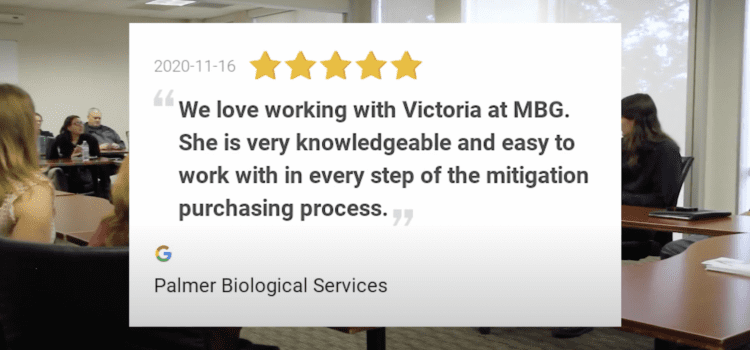My Career in Environmental Restoration began as an intern in 2004, since then I have worked closely with landowners who provide preservation, restoration and enhancement of large tracts of land to manage crucial ecosystems. To obtain a mitigation banking permit takes approx 2-8 years, and the landowner must have a conservation easement on the land as well as a Short Term & Long Term Trust Fund to ensure the land is managed in perpetuity.
The Environmental Protection Division (EPA) authorizes wetland impacts with a permit mandated by State and Federal Regulatory Programs. To be able to obtain a permit you must show that you worked to avoid and minimize the potential impact. The permitting process to obtain a permit for this adverse impact is approx 3 months -2 years.
It costs approx $70,000.00/acre of Wetland impact of an average quality wetland in Florida.
However, in Lake Jesup Basin (Winter Springs); wetland mitigation is the most expensive in the United States, as wetland mitigation is approx $220,000.00/acre of impact.
These extensive costs burden the landowner who wants to develop the land, hence to think twice and consider an upland or re-establishment of existing development.
There are currently 127,000 acres of private land in Florida that were previously in jeopardy of development. Instead of the pressure of developing the land, the landowner chose to preserve that land by placing a conservation easement on the property, which will prevent the property from ever being developed.
Not only does mitigation banking preserve land but the main focus is the Restoration: Fixing Broken Swamps, that have been dredged and filled and bringing the wetlands back to their natural state!!! Such as: Restoring the Hydrology of the land, removing exotic species, planting native species, etc…
Prior to the 1970’s, the government encouraged wetland impacts! Now they only allow the impacts with a permit and require compensatory mitigation to off-site the wetland impact so there is a no-net loss of environmental resources. All mitigation is required to be within the same watershed basin as the property of impact.
Purchasers of mitigation credits include:
– Single Family Homeowner (ex: needs access to home via driveway)
– Roads
– Gas Line Expansions (Energy Related Projects)
– Airport Expansion
– Municipalites: Fire Stations, Schools, Bridge Replacements, etc..
– Commercial/Residential Landowners
I am focused on the protection of Florida’s environment by utilizing market-based incentive strategies. We need to financially incentivize our private landowners to be able to monetize by Preserving and Restoring the land, incentivising the landowner for Land Stewardship!

